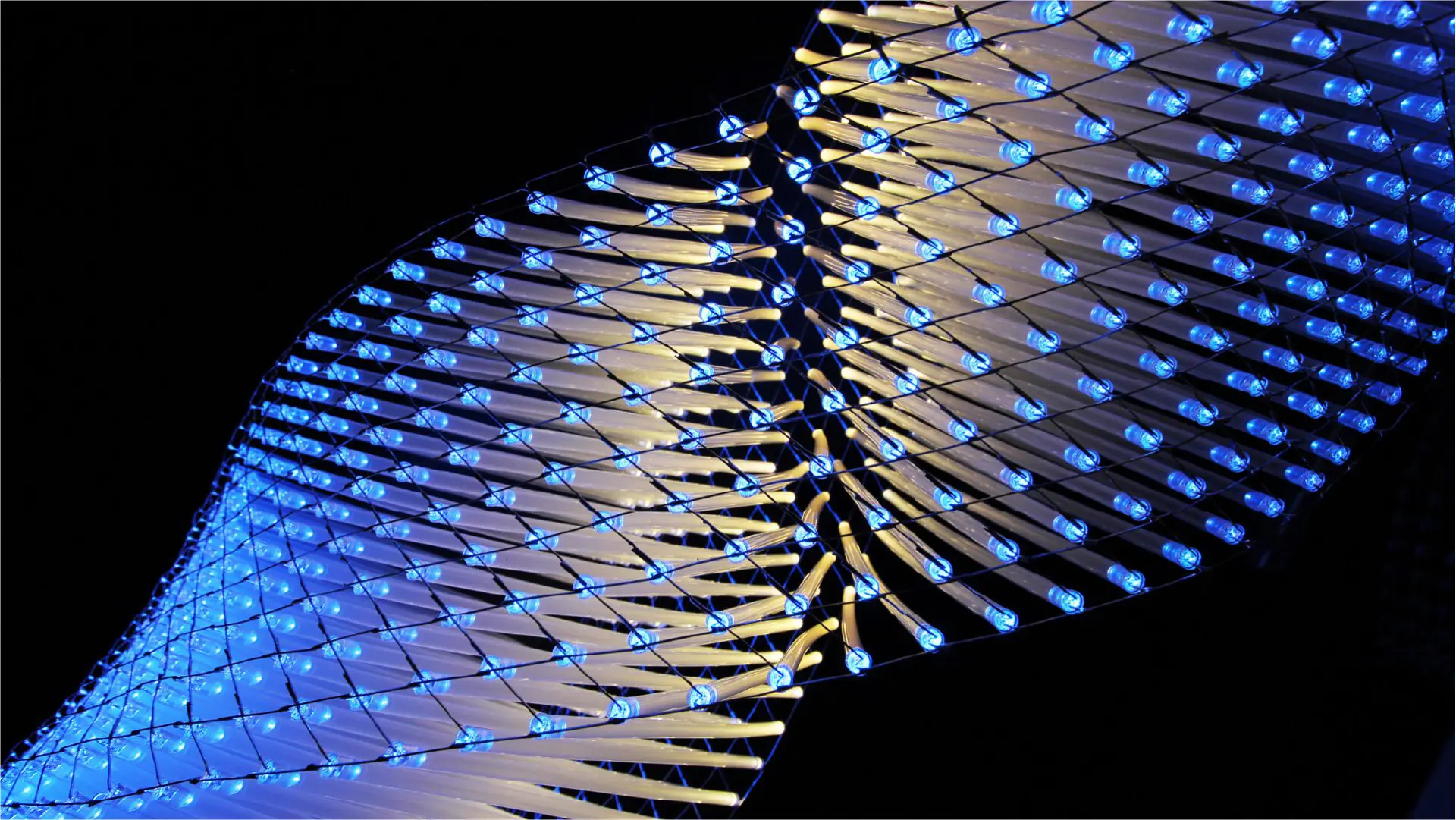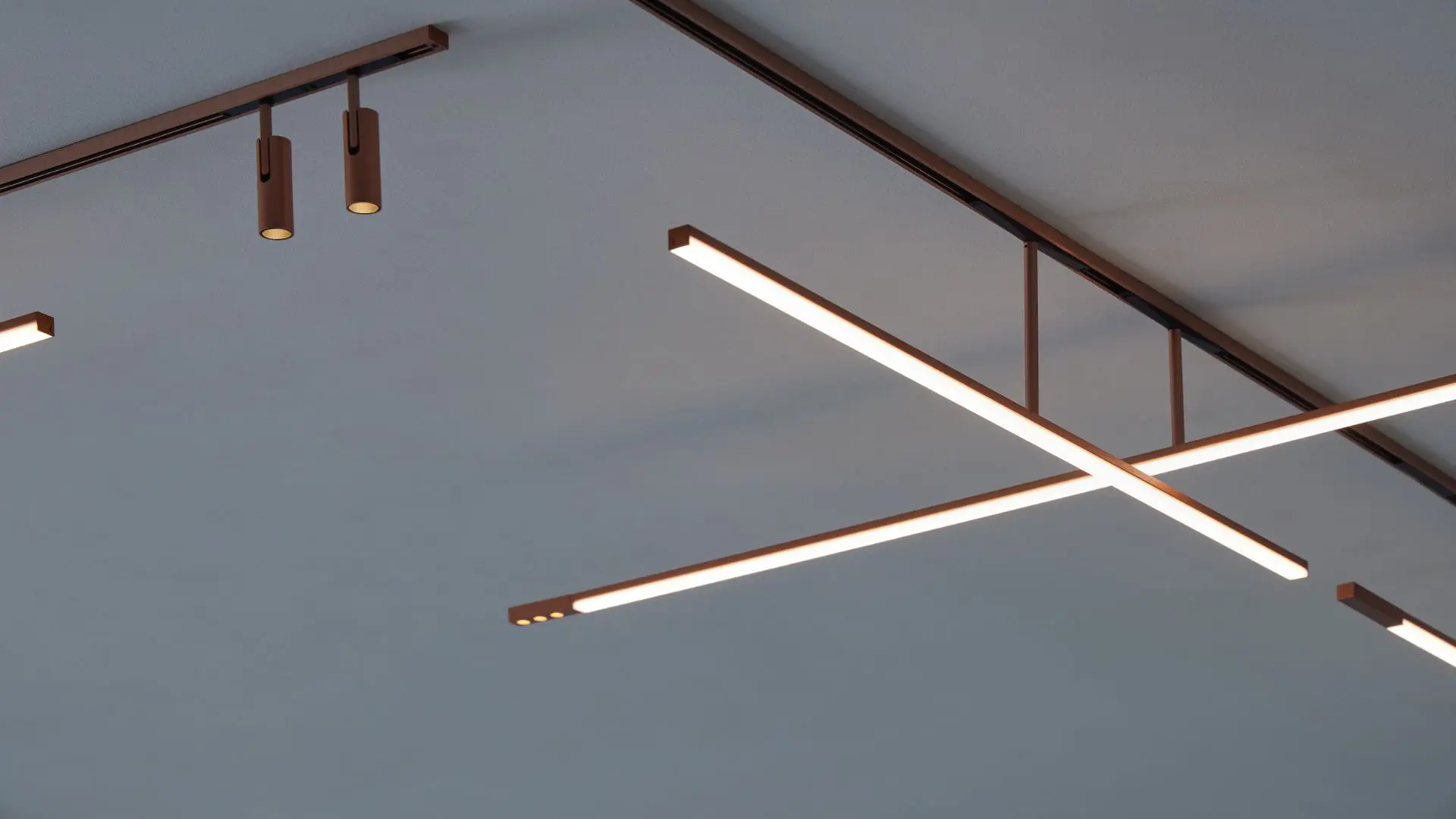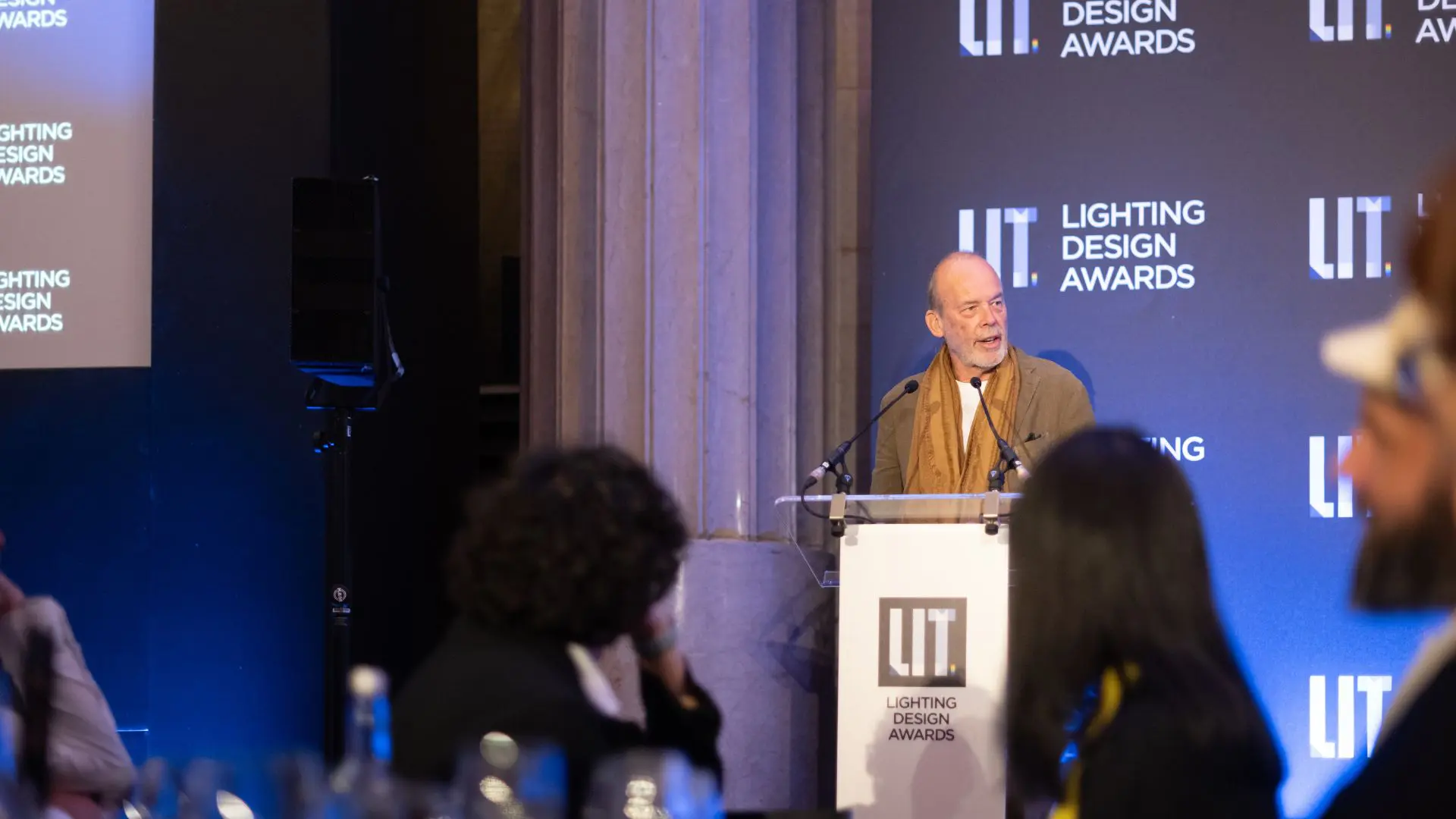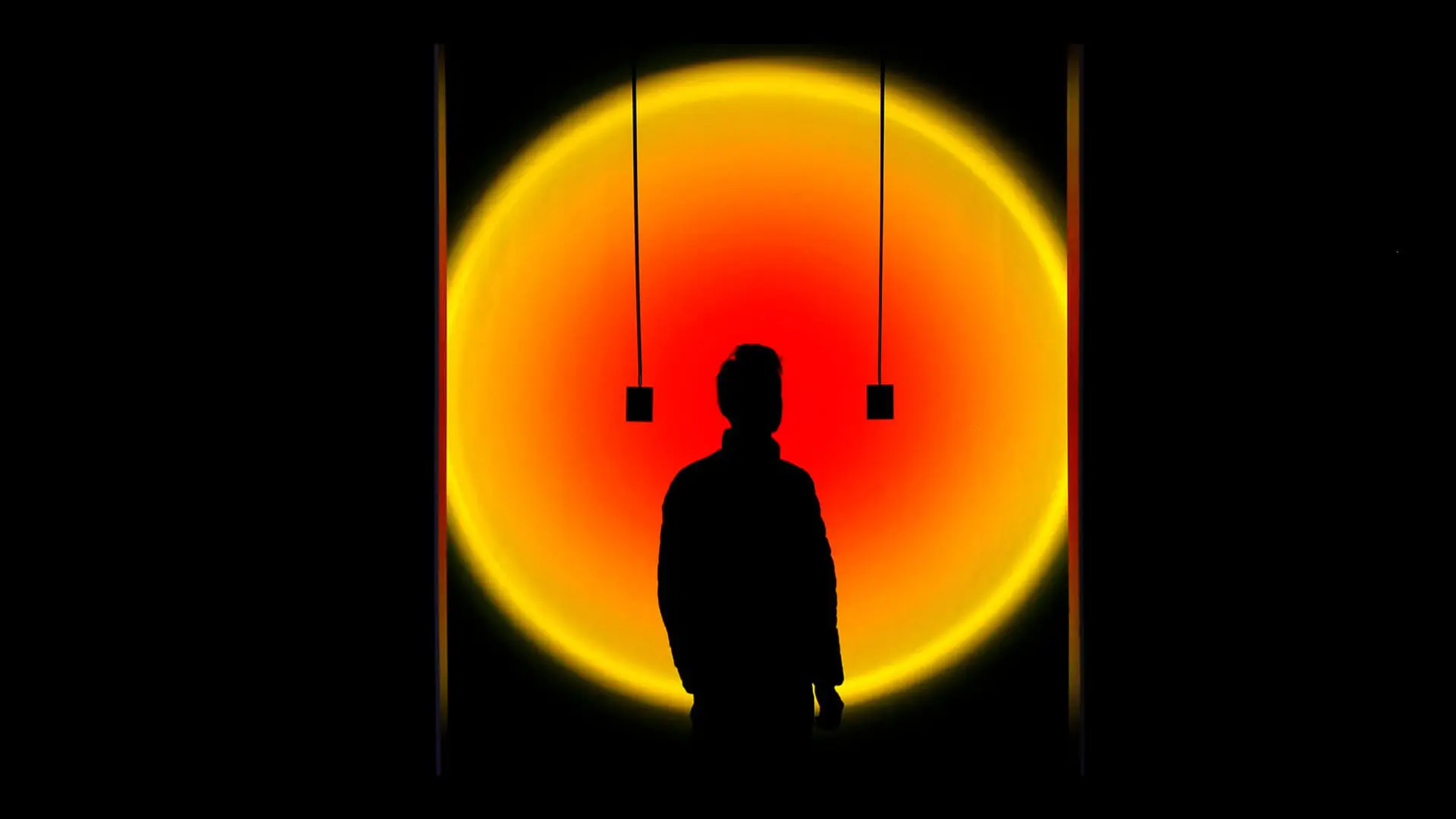Studio ThusThat made this lamp using waste products from copper
The multidisciplinary collective uses slag, a byproduct of copper processing, to create beautiful objects.

Studio ThusThat demonstrates the potential of copper waste by transforming it into a low-carbon alternative to concrete. The result is a strong, black geopolymer with a carbon footprint of nearly 77 percent lower than cement, which can be used to create furniture and objects.
Focused on materials, the Amsterdam-based studio is made up of Royal College of Art (RCA) graduates Kevin Rouff and Paco Böckelmann. Together, they experiment with materials and production processes to explore alternative ways of fabricating.
Recently, the studio has been interested in a particular waste material known as slag, a by-product of the smelting process during the purification of copper. After finding an innovative way of treating it, the studio has been using it to create furniture and homeware objects such as chairs, tables and this uniquely-shaped lamp.
Gallery
Open full width
Open full width
Gallery
Close full width
Close full width
The hidden potential of copper waste
“The slag is basically all the impurities that float on top of the molten copper in the furnace,” explains Kevin Rouff. “It’s a black, glassy sand, which we get from a copper recycling plant in Belgium called Metallo.” After experimenting with various production processes to expose different characteristics of the material, Studio ThusThat discovered it could create a concrete-like geopolymer.
The process employed involves pouring the slag in a molten state into water where it cools to form a solid. The material then shatters before being ground into a very fine powder and mixed with an alkali activator to produce a ‘geopolymer cement’. This cement can be cast and processed similar to ordinary concrete.

“The process emerged from a project we did with scientists in Belgium where we explored different techniques for making things with this geopolymer. The technique we used to create this lamp is one we call handform.”
“We make a very sticky mix of the material and form it around a mold by hand. We were intrigued by the hand-formed technique because the resulting surface reminded us of the slag rocks we found at the copper factory.”

The Geopolymer is an inorganic polymer with a skeletal structure that doesn’t include carbon atoms in the backbone. The material is worked in a liquid state after which the polymerization triggers it to set into a stonelike material. As a result, it can be difficult to handle because it transfers between liquid and solid states easily.
“It’s a bit like that trick with cornstarch and water. It turns hard when you hit it, and then you wiggle it, and it turns liquid,” says Kouff.

Discussing the process Rouff says they apply the material in stages, “rolling it out into pancakes and slapping it onto a form.” After each application, they agitate the material to soften its structure, which results in a smooth finish. “It self heals and becomes this skin around the form,” Kouff explains.
What is the final product?
The final product is a sculptural lamp made using the copper slag “geopolymer”, it’s a unique shape 1,5 meters tall and made up of two organic parts. The base is a monolithic-style block showcasing the potential of the waste product. Meanwhile, the head, which is positioned to one side, is made from metallic copper.

“We called the project ‘This is Copper’ to poke at the fact that also the by-products such as slags are inherently part of the material’s story. There is no copper without copper slag.”
To achieve the hammered effect, Studio ThusThat researched traditional coppersmithing, meeting a professional craftsman based in Cornwall to understand the process. “We took inspiration from this very ancient technique,” says Kouff. “It’s not exactly the same but a sort of rough approximation by just hammering the crap out of it.”

“We wanted to highlight the relationship between the slag geopolymer and the mottled copper, which gives the piece a more refined look.“
“The result is a showcase of two materials that are both as valuable as one another.”


















